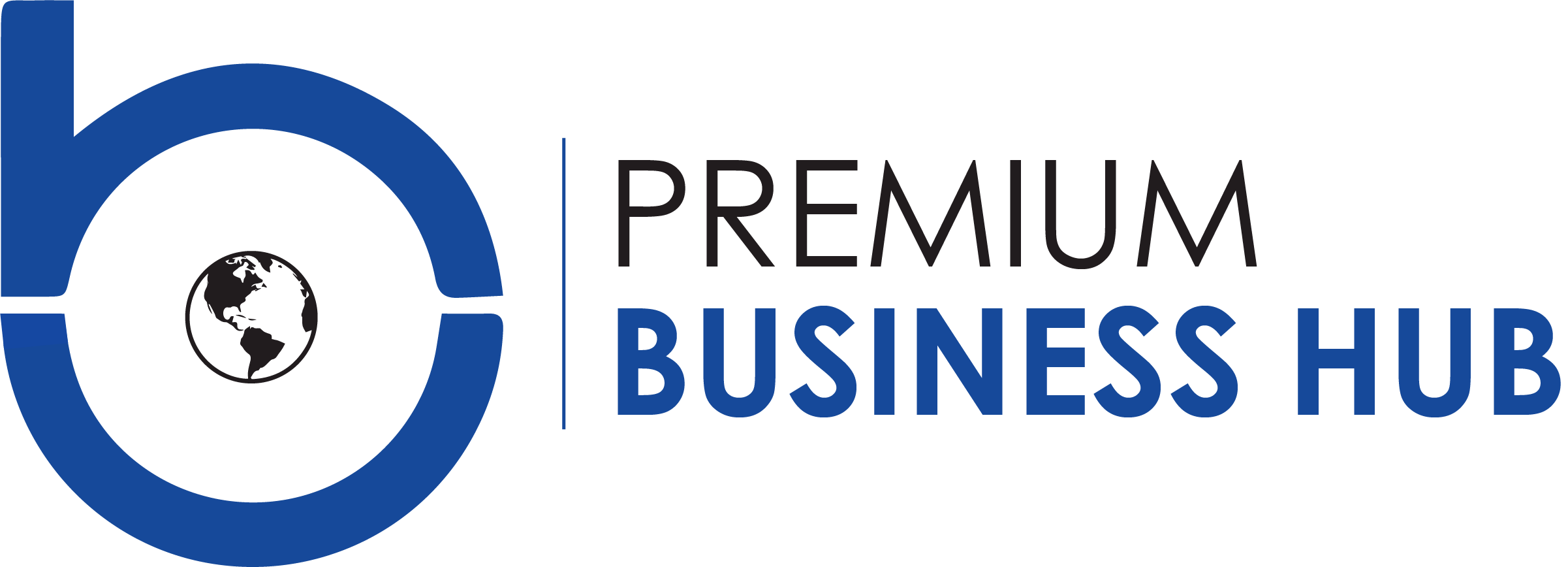Successful Implementation of Remote Medical Scribes in Your Practice: Proven Strategies

Implementing scribes in your practice can bring significant benefits. These professionals document patient encounters, allowing physicians to focus on providing quality care. By utilizing scribes, healthcare providers can enhance efficiency, decrease physician burnout, and elevate the overall standard of patient care. Remote medical scribes are individuals who aid doctors in managing patient visit documentation. Unlike scribes based within healthcare facilities, remote scribes work off-site. They use secure technology to access patient records and input data into the Electronic Health Record (EHR) system. Their duties involve documenting patient histories, examinations, assessments, and treatment plans, handling paperwork, and retrieving patient records as necessary. The implementation of scribes brings about improved practice efficiency and productivity. Physicians are able to allocate time to delivering care to patients rather than being burdened by administrative tasks. This change needs to boost efficiency. It also enriches the quality of interactions between patients and doctors.
Read also: To-Increase-Immunity-Include-Winter-Foods-In-Your-Diet-Health-Tips-In-Hindi
Improved Precision and Quality of Record-keeping
Remote medical scribes undergo training in terminology and documentation protocols, ensuring higher accuracy in patient records. This attention to detail is essential for treatment plans, billing, and legal purposes, leading to decreased errors commonly caused by rushed documentation from physicians.
Alleviation of Physician Stress
Physician burnout is a pressing issue in the healthcare field, often stemming from responsibilities. By entrusting documentation tasks to scribes, doctors can achieve a more balanced work-life routine, lower stress levels, and ultimately find greater job satisfaction. This positive change can notably enhance a practice’s work atmosphere and morale.
Approaches for Implementation
Assessing the Requirement for Remote Medical Scribes
Before incorporating medical scribes, evaluating your practice’s specific requirements is crucial. Analyzing the workflow will help identify pain points and areas where a remote scribe could provide the most value. Adopting this approach can guide decisions on the number of scribes needed for their designated tasks and anticipated enhancements in efficiency and patient contentment.
Choosing the Appropriate Scribing Service
Scribes’ effectiveness relies heavily on selecting the right service provider. This involves considering aspects such as the company’s reputation, the quality of its training programs, and the security measures it has to safeguard data. Conducting research and seeking recommendations can help in making an informed choice.
Implementing Secure Technology
Since remote scribes operate off-site, ensuring the security and confidentiality of information is crucial. Telehealth platforms with encryption and secure login credentials are vital. Practices should also perform audits and compliance checks to protect data against breaches and unauthorized access.
Training and Integration
Internal training is essential for seamless integration when utilizing trained scribes. Familiarizing scribes with the workflow and electronic health record (EHR) system used in the practice ensures documentation processes. Regular training sessions and updates can help scribes adjust to any modifications in documentation protocols or new technologies.
Establishing Clear Communication Channels
Effective communication is crucial in implementing remote medical scribes. Establishing consistent communication channels between physicians and scribes ensures that expectations are met and issues are promptly resolved. Regular meetings and feedback sessions can further improve collaboration and efficiency.
Monitoring Performance-Making Adjustments
Regularly evaluating the performance of medical scribes is crucial for ongoing success.
Tracking performance metrics, such as documentation accuracy, turnaround times, and physician satisfaction, provides insights into how well the service is functioning. Analyzing these assessments and adjusting to uphold documentation quality standards and overall workflow efficiency is crucial. Adhering to healthcare regulations, such as the Health Insurance Portability and Accountability Act (HIPAA), is essential when utilizing medical scribes. Ensuring that your scribing service provider is well informed about these regulations and strictly follows them is vital for safeguarding information integrity and confidentiality. Although employing remote medical scribes incurs costs, performing a cost-benefit analysis can help justify the investment. Evaluating the time-saved enhancements in documentation quality, and improvements in care against the scribing service expenses can offer a perspective on the return on investment. Exploring testimonials and case studies from practices that have effectively integrated scribes can provide valuable insights. Examining success stories and common challenges encountered offers guidance for an implementation process. Aligning the utilization of scribes with future growth strategies ensures scalability that aligns with practice expansion plans. Creating protocols that can be easily adjusted to support a growing team of scribes or an expanding medical practice leads to improvements in efficiency and quality over time.
In Summary
Integrating scribes into your practice can transform your workflow by significantly boosting efficiency, precision, and physician satisfaction. By incorporating data entry for hospitals, remote scribes can handle extensive documentation tasks seamlessly. Through assessments of requirements, careful selection of service providers, technology utilization, and promotion of teamwork, healthcare facilities can enjoy the many advantages that remote scribes bring. Ongoing monitoring, adherence to regulations, and scalability considerations further solidify the groundwork for implementation, ultimately resulting in patient care and operational excellence.




